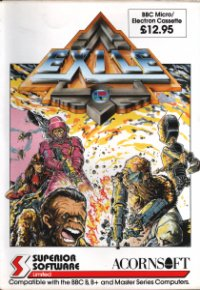
Exile is a single-player action-adventure video game originally published for the BBC Micro and Acorn Electron in 1988 by Superior Software and later ported to the Commodore 64, Amiga, CD32 and Atari ST, all published by Audiogenic. The game was designed and programmed by Peter Irvin and Jeremy Smith. It is often cited as one of the earliest examples of a Metroidvania game and featured "realistic gravity, inertia and object mass years before players understood the concept of a physics engine... an astounding level of AI, stealth-based gameplay, a logical ecosystem governing the world's creatures and a teleportation mechanic that feels startlingly like a predecessor to Portal".

Turrican is a 1990 video game developed by Manfred Trenz. It was developed for the Commodore 64 by Rainbow Arts, and was ported to other systems later. In addition to concept design and character creation, Trenz programmed Turrican on the Commodore 64. A sequel, Turrican II: The Final Fight, followed in 1991 for the Commodore 64 and other platforms.
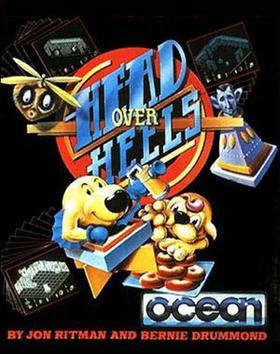
Head Over Heels is an action-adventure game published by Ocean Software in 1987 for several home computers. It uses an isometric engine similar to the Filmation technique first developed by Ultimate Play the Game. Head Over Heels is the second isometric game by Jon Ritman and Bernie Drummond, after their earlier Batman computer game was released in 1986. The game received favourable reviews and was described by Zzap!64 as an "all time classic".
Artworx was a Naples, Florida software company that produced and supported a line of computer games from 1981 to 2015. It is named after the founder's given name. At first the company published a variety of games, including titles in adventure and arcade-action genres, but were later best known for a strip poker series.
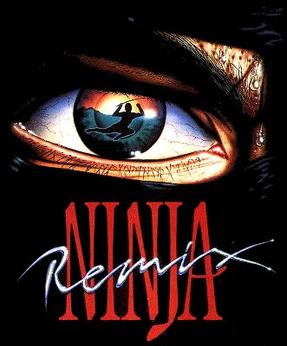
Last Ninja is a series of video games published by System 3. The first game in the series titled The Last Ninja, was released in 1987 for the Commodore 64 and was one of the most successful games for the system. In 1988, System 3 released Last Ninja 2, and in 1991 the third game in the series, Last Ninja 3. In 1990, Last Ninja Remix was released for 8-bit systems. This was Last Ninja 2 with new music, a new introductory sequence, slightly changed graphics and fixed bugs. Confusingly, the 16-bit versions of the original The Last Ninja game were also released in 1990 as Ninja Remix.

D/Generation is an action-adventure game with puzzle elements developed for the 8-bit Apple II during the late 1980s, but instead published and released for MS-DOS, Amiga, and Atari ST by Mindscape in 1991. The game takes place in a slightly cyberpunk futuristic setting in 2021.

Xenon is a 1988 vertical scrolling shooter video game, the first developed by The Bitmap Brothers, and published by Melbourne House which was then owned by Mastertronic. It was featured as a play-by-phone game on the Saturday-morning kids' show Get Fresh.
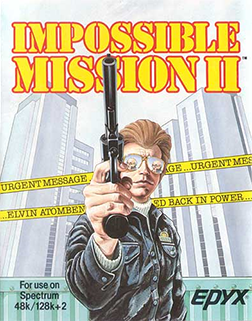
Impossible Mission II is a video game developed by Novotrade and published by Epyx in 1988. It was released for the Commodore 64, ZX Spectrum, Amstrad CPC, Enterprise 128, Nintendo Entertainment System, DOS, Atari ST, Apple II with at least 128K, Apple IIGS, and Amiga.

The Untouchables is a video game released by Ocean Software in 1989 on ZX Spectrum, Amstrad CPC, Commodore 64, MSX, Atari ST, Amiga, DOS, NES, and SNES. It is based on the film The Untouchables.
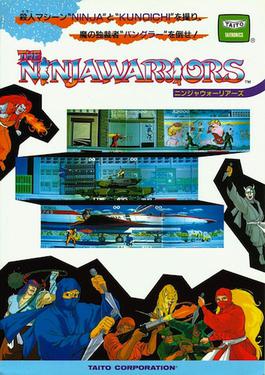
The Ninja Warriors (ニンジャウォーリアーズ) is a side-scrolling beat 'em up video game developed and released by Taito in 1987. The original arcade game situated one display in between projected images of two other displays, creating the appearance of a triple-wide screen. Ports were released for home systems including the Amiga, Atari ST, ZX Spectrum, Commodore 64, Amstrad CPC, PC Engine, and Sega Mega-CD.
David Lowe also known as "Uncle Art" is a British composer known for his work on computer games from 1985 to 1998.

Myth: History in the Making is a 2D platform game developed and published by British publishing house System 3 for the Commodore 64, Amiga, Amiga CD32, Amstrad CPC and ZX Spectrum. It was also released on the NES as Conan: The Mysteries of Time. It was officially announced for Atari ST and a preview version was available, but the full version was never released.

RoboCop is a beat 'em up / run and gun video game developed and published by Data East for arcades in 1988 based on the 1987 film of the same name. It was sub-licensed to Data East by Ocean Software, who obtained the rights from Orion Pictures at the script stage. Data East and Ocean Software subsequently adapted the arcade game for home computers.

Space Crusade is a 1992 video game based on the Space Crusade board game. It is the first video game set in the Warhammer 40,000 universe. Gremlin Graphics Software Ltd. released the video game version of Space Crusade in early 1992. It was available on Amiga, Atari ST, MS-DOS, Amstrad CPC, Commodore 64, and ZX Spectrum. It later received an expansion pack, The Voyage Beyond.

Final Assault, known as Chamonix Challenge in Europe, originally Bivouac in French, is a mountaineering simulation distributed by Infogrames and Epyx in 1987 for the Amiga, Amstrad CPC, Apple IIGS, Atari ST, Commodore 64, MS-DOS, Thomson and ZX Spectrum. The original release of the game was copy protected.
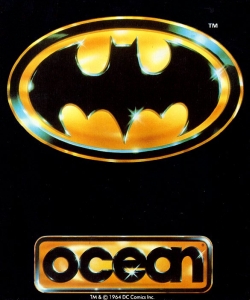
Batman is an action video game developed and published by Ocean Software based on the 1989 film of the same name. It was released on 11 September 1989 for the Commodore 64 and ZX Spectrum with Amiga, Amstrad CPC, Atari ST, MS-DOS and MSX versions following soon after.

Casual Arts, formerly known as Flair Software, is a British video game developer and publisher of the 1990s that developed and published games for the Amiga, Amiga CD32, Atari ST, Commodore 64, DOS, PlayStation, Sega Saturn and SNES. It was set up by Colin Courtney in 1990 after his previous company, Tynesoft, went bankrupt. It retained Tynesoft's MicroValue brand and published Elvira: The Arcade Game which had originally been scheduled for publication by Tynesoft.
Scetlander was a software publisher which released titles for various 8- and 16-bit home computer systems in the 1980s and 1990s.

Ghostbusters II is a 1989 action game based on the film of the same name. It was published by Activision for various computer platforms. British studio Foursfield developed a version for Commodore 64, Amiga, Atari ST, Amstrad CPC and ZX Spectrum, which also got ported to the MSX by New Frontier. It features three levels based on scenes from the film. Dynamix developed a separate version for the DOS, also based on the film. The non-DOS versions were praised for the graphics and audio, but criticized for long loading times, disk swapping, and the final level. The DOS, Commodore 64 and Amiga versions were the only versions released in North America.
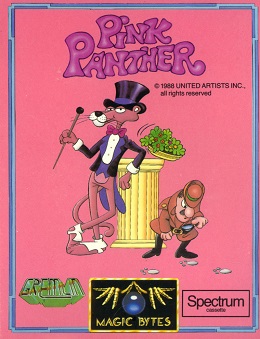
Pink Panther is a 1988 video game based on the character of the same name. It was developed by German company Magic Bytes and published by Gremlin Graphics. It was released in Europe for Amiga, Amstrad CPC, Atari ST, Commodore 64, and ZX Spectrum. Pink Panther was criticized for its control and difficulty, although the Amiga and Atari ST versions received praise for their graphics.

















